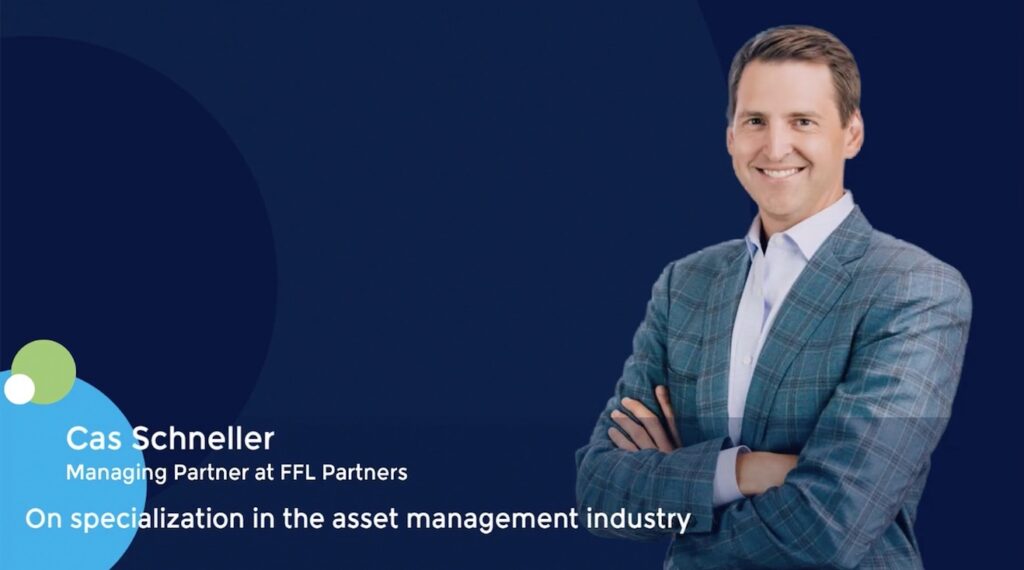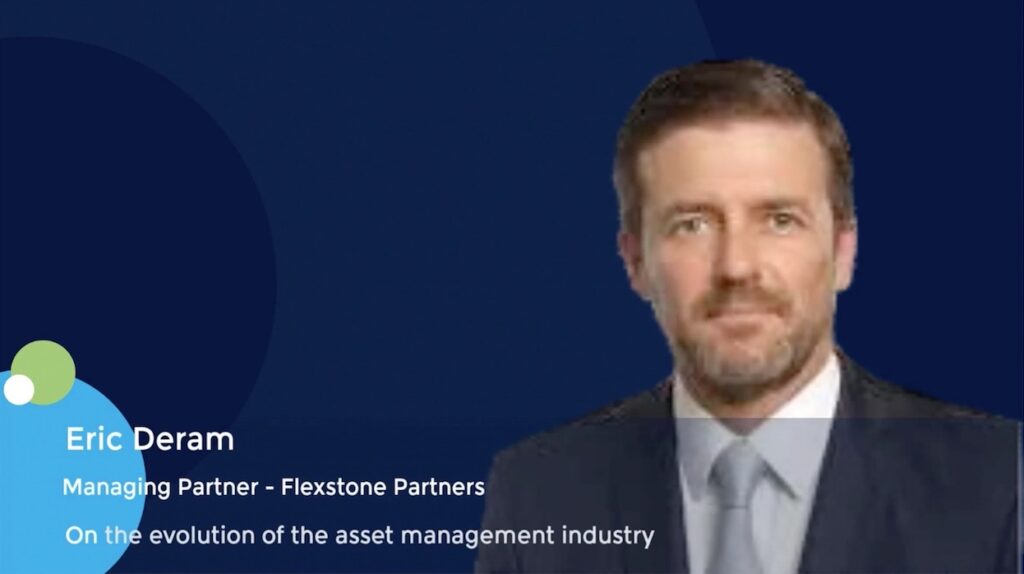Why China’s XVC puts micro before macro when assessing early-stage investments
Investors are misguided in paying too much attention to macro factors when assessing opportunities, according to Boyu Hu, founder and a partner at China-focused XVC. Rather, underwriting should focus on company-specific strengths that ultimately separate winners and losers.
“One of the fundamental problems of the asset management industry is that allocators spend their days debating macro trends – the issues dominating headlines and people’s mental bandwidth. These are visible, like the tip of an iceberg, but beneath the surface, it’s the alpha factors that determine real performance,” Hu said.
This willingness to look beneath the surface explains XVC’s continued faith in China’s consumer sector, even as many other early-stage investors have turned to deep-tech in recent years. And in Chagee, a milk tea chain that recently went public in the US, Hu has found vindication.
Only nine PE-backed Chinese companies have listed on the New York Stock Exchange or NASDAQ since Didi Chuxing’s ill-fated mid-2021 offering, AVCJ Research’s records show. At USD 411m, the Chagee IPO is by far the largest. XVC is the company’s largest shareholder via its second US dollar-denominated fund, first two renminbi funds, and a co-investment vehicle. Based on the USD 5.1bn market capitalisation on listing, this 18.7% stake is worth USD 845m.
Chagee’s breakthrough defied scepticism fuelled by ongoing US-China tensions. The company made a compelling case based on scalability, supply chain integration, and effective branding. But XVC’s belief in Chagee rested on the man who put the pieces together: Junjie Zhang, who was orphaned in childhood and was illiterate until age 18, but now sits atop a NASDAQ-listed company.
“Products, business models, and operations can be copied every day. Ultimately, it’s teams and organisations that make companies successful. VCs must make judgments regarding these human elements with limited early-stage information,” said Leo Lu, a partner at XVC. “That’s truly difficult.”
Being different
XVC co-led Chagee’s Series A in 2020 with Fuxing Group, putting in CNY 160m (USD 22.3m) at a CNY 700m valuation. It subsequently re-upped in CNY 160m Series B round.
The Series A was significant in that it laid the foundations for much of what followed. XVC and Fuxing were buying into Zhang’s vision by taking out early-stage investors and resetting the cap table to give the founder full control. Between 2021 and 2024, Chagee’s footprint expanded from 462 tea houses to 6,440, including 156 in Southeast Asia.
The company claims to have grown faster than any premium freshly made tea brand in China. In the past two years alone, revenue has risen 25-fold to CNY 12.4bn while a net loss of CNY 90.7m turned into a net profit of CNY 2.5bn.
XVC’s CNY 120m commitment to the Series A was, at the time, the largest cheque it had ever written, according to local media. Now, Chagee accounts for 40% of the firm’s USD 2bn in assets under management. If XVC sold its entire position at the IPO price, the proceeds would cover the cost of all investments made across its five funds.
The firm raised USD 115m for its debut US dollar fund in 2016, scaling to USD 268m and USD 280m over the next two vintages, which closed in 2019 and 2021. On the renminbi side, a first fund was raised in 2016, with local banks accounting for half the CNY 500m corpus under a special mandate. Regulatory restrictions prevented them from re-upping, so Fund II closed on CNY 241m in 2019.
Endowments, foundations, family offices, and sovereign wealth funds make up the bulk of the US dollar LP base. Fund I was US-dominated, with UK and Middle East-based LPs coming into Fund II. Most of these investors returned for the third vintage.
Lu acknowledged that diversifying the LP base became a priority as geopolitics prompted US investors to pull back from China. However, he maintains that track record – and alignment with the long-term objectives of LPs – are still the clinching factor when fundraising.
Hu can point to an early career as an entrepreneur, notably as co-founder of credit risk management software developer Amarsort, followed by stints at DCM and Blue Lake Capital. While there, he participated in investments in the likes of live-streaming platform Kuaishou and group buy e-commerce player Meicai. Both ended up listing. Lu worked with Hu at Blue Lake.
XVC follows a sounding board protocol when evaluating potential investments. A partner leads each project, accompanied by at least two members from the investment and research teams, who serve as sounding boards. They collaborate on due diligence but submit investment memos separately. Hu is a sounding board for all projects.
The goal is to enable the team to focus on the most fundamental aspects of a business and move quickly if they like what they see. The Chagee investment decision was made within one week.
In the case of pool-cleaning robot supplier Aiper, Yang Wang, the company’s founder, met XVC at an airport and had to leave mid-conversation to catch his flight. The team travelled to Shenzhen the next day and picked up where they had left off. A term sheet was signed four days after that.
“This kind of honesty, efficiency, and certainty is just what entrepreneurs need,” Wang said.
XVC also emphasises investment flexibility. Cheque sizes range from USD 1m-USD 2m for early-stage deals to USD 20m-USD 30m in the growth stages. There have been 56 core investments to date, with a 70%-30% split between consumer-facing and business-facing companies. On average, there are 20 companies per vintage.
Competitive advantage
Fund III is more than 40% deployed. Asked about the slow investment pace by industry standards, Hu observed that many of his peers have flocked to early-stage deep-tech. XVC has held back, partly because it declines to invest in companies that have yet to demonstrate product-market fit at scale.
Lu’s duties at XVC revolve around two themes. One is scaling China’s engineering expertise globally, which led to investments in the likes of Aiper and Southeast Asia cross-border fintech player Yup.
The other is the generative artificial intelligence (GenAI) application landscape, which is viewed structural opportunity that will unfold over the next decade or more. XVC has yet to make any investments. Again, the firm will only move on opportunities that meet its criteria.
“While we’ve observed that many GenAI applications are demonstrably solving user problems and achieving product-market fit, the rapid advancement of foundational models continues to erode the application layer, making their long-term defensibility unclear,” Lu said.
“We are interested in GenAI applications that can accumulate proprietary data advantages, deeply embed into user workflows, and build their own unique ecosystems.”
The founder evaluation aspect of investment underwriting is considered more art than science, with even the most experienced VCs relying on gut feeling that turns out to be wrong. XVC is working on a way to distil these instincts into measurable criteria that can improve decision-making.
Founders are routinely assessed through three lenses: decision-making framework, team-building capability at scale and learning agility. At the same time, the firm tracks any deviation in the alignment between business data and operational reality through every investment round.
In the case of Whee!, a US-based online supermarket specialising in Asian goods, XVC co-led a USD 50m Series B in 2020, having become convinced that founder and CEO Larry Liu could build his team at scale. Specifically, the Chinese-founded and largely Chinese-run company needed to become more global in profile across all functions, from supply chain to human resources.
“Larry transformed what was essentially a predominantly Chinese team into an international organisation over the course of three to five years. The team now resembles a tech company in its composition, which demonstrates his exceptional organisational capabilities,” Lu said.
When XVC first approached Chagee, Zhang had already recruited several managers who had worked at industry rival Heytea. The key consideration was his objective decision making. According to local media, Zhang once hired an executive against the advice of investors and promptly dismissed the individual within weeks on discovering the mismatch.
There have been failures along the way. For example, XVC provided angel funding to online-to-offline grocery platform Dailuobo in 2017 and went on to see the company raise a CNY 634m Series A led by Hillhouse Investments and 5Y Capital two years later. Within months, Dailuobo had ceased operations after a cash shortage left it unable to pay suppliers and employees.
Hu attributes this outcome to the founder’s organisational shortfalls rather than adverse market conditions. XVC learned from the experience and ultimately reshaped its investment philosophy.
“We knew that organisational capability is important, but we never truly understood it until we lost real money. We then spent significant time evaluating organisational capabilities,” Hu said.
“You must conduct field research, review frontline operations, examine performance, internal audit systems, decision-making – including pricing decisions – and assess how ground-level data is collected and aggregated. Only then is it possible to uncover massive flaws.”
Exit avenues
XVC claims that Dailuobo is not reflective of a broader portfolio that continues to outperform. Some of these positions have already been realised. There have been nine full or partial exits, including five trade sales. Most are from Fund I, such as K12 education platform fclassroom.com, which was sold to ByteDance for a 3x return, and koalareading.com, which was picked up by 51Talk.
Given the challenges around liquidity in China, the firm is exploring alternative exit routes. Hu is cautious about companies following Chagee’s path to the US, noting that several IPO-ready portfolio companies were forced to abandon listings two years ago because of market instability. Nevertheless, he expects IPOs – in other jurisdictions – to remain the primary mode of exit.
“There is no shortage of high-quality companies, and investor appetite for IPOs is relatively strong,” Hu said. “Many post-IPO companies continue to perform well, suggesting the market can support multiple successful exits and deliver strong returns for LPs.”













